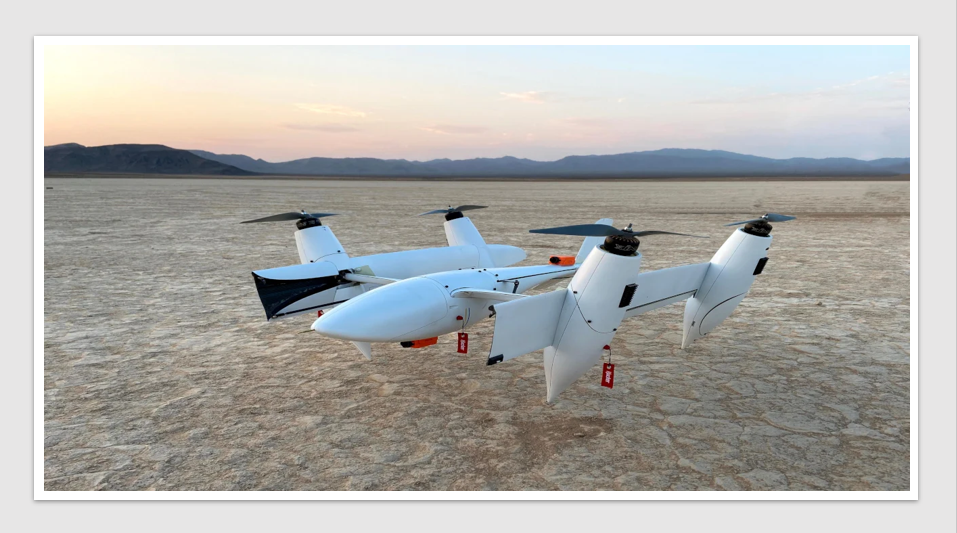Marketing & Strategy
Immersive technologies driving patient experience
It’s fair to say that most of us involved in healthcare communications have the patient firmly at the centre of everything we do. We have all used the term ‘patient-centric’ in our conversations when we are looking to create new solutions.
Patients are now better informed, more vocal and have support communities that share information like never before. They are truly ‘empowered healthcare consumers’.
The healthcare industry has done a reasonable job of engaging with patients through a better understanding of their needs, wants, struggles and frustrations (aka psychographics, or more recently ‘behavioural science / economics’). We have been more cognisant of their health literacy, helped them navigate their healthcare environment, brought them closer to their Healthcare Professionals (HCPs), all in a more creative manner than in the past.
The resulting education and communication has helped engage patients at specific intervention points and via a broad range of digital and non-digital channels.
In more recent years, the educational content has become more personalised as we developed highly tailored treatment plans and patient solutions.
But just because we’ve been clever enough to understand the patient’s personal journey, no matter how empathetically, their experience is actually paramount, as without it, we may not get the level of long-term behaviour modifications we require to enhance health outcomes.
Thus the onus falls back on us – the healthcare communication and education providers.
Until recently, most of the patient educational and communication pieces, no matter how interesting, have been quite ‘two-dimensional’, even when thinking about the use of audio, video or ‘app’ channels.
But don’t worry. ‘MedTech’ is here.
We’re not considering diagnostic innovation via wearables and the interoperability of remote monitoring data here – we’re talking immersive technologies in the form of Virtual Reality (VR), Augmented Reality (AR), and Mixed Reality (MR).
VR headsets have been criticised for the fact that they block out all peripheral vision and, although they offer a ‘fully immersive’ experience, one could say they are a little clunky and are not always suited to HCP / patient interactions.

AR is a fantastic tool to impose visual information onto the existing environment, such as projecting images or scans onto a body to show internal anatomy (useful for patients or surgeons). Many smartphones already have this capability through apps for kids games like Pokémon GO and Wonderscope, or scanning interactive labels on consumer goods to add a story or entertainment to that product.

MR has recently surfaced as a technology which goes one step further than AR – where the user can actually interact with the ‘virtual’ objects projected onto the real environment through a headset allowing full peripheral vision. Its application means that HCPs can practice on ‘plastic and pixels’ before performing procedures on real patients. They are able to display and interact with 3D physiology at the working distance between their eyes and hands. Another layer to this technology means you can link remote users to the same environment, so live surgery could be assisted by a trainer in another state – or another country.

So, we can see how technology is empowering our capabilities to provide HCPs with applications to pre-visualise and rehearse procedures, which will ultimately make their patient interactions safer (especially in an operating theatre setting). But what about the suburban ‘healthcare consumers’?
When it comes to our role of helping patients overcome barriers to understanding their disease and taking their prescribed medication, how can we provide a balance between utilising the latest technology while maintaining the best personalised strategies? There must be more to a patient support program than just receiving a text reminder.
We need to build patient education and support programs which utilise the principles of behavioural science to drive engagement and create experiences that will build health habits and add value to any brand.
The technology is here. Now we need to add a layer of creativity to really bring it to life.

Industry partner educational content provided by Co-Med.
Digital & Innovation

Medical drone to reduce health equity gaps in rural and remote Australia
A specialised medical drone which increases accessibility to essential health services such as pathology, medicines, and telehealth services in rural […]
MoreNews & Trends - Pharmaceuticals

We’ve spent more on healthcare, but it’s been worth it
Healthcare expenditure is surging, with Australia now allocating approximately one-tenth of its budget to this sector. This financial uptick prompts […]
MoreNews & Trends - Pharmaceuticals

New partnership to raise the bar in precision oncology in Queensland
Pharma News: The Australian Translational Genomics Centre (ATGC) is teaming up with non-profit research organisation Omico and the PrOSPeCT program […]
MoreNews & Trends - Biotechnology

AusBiotech appoints new CEO: Former Sanofi corporate affairs and sustainability leader takes the helm
Biotech News: AusBiotech, the nation’s leading industry body for the biotech sector, has named former leader at Sanofi, Rebekah Cassidy, […]
More